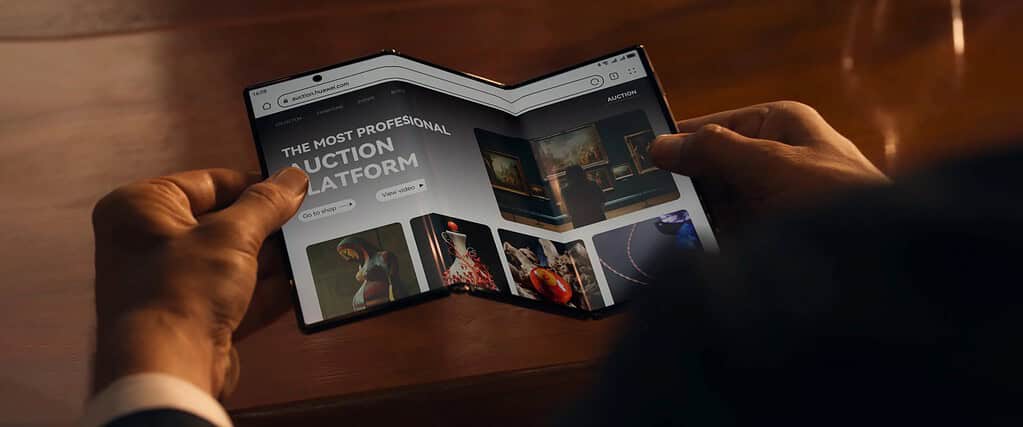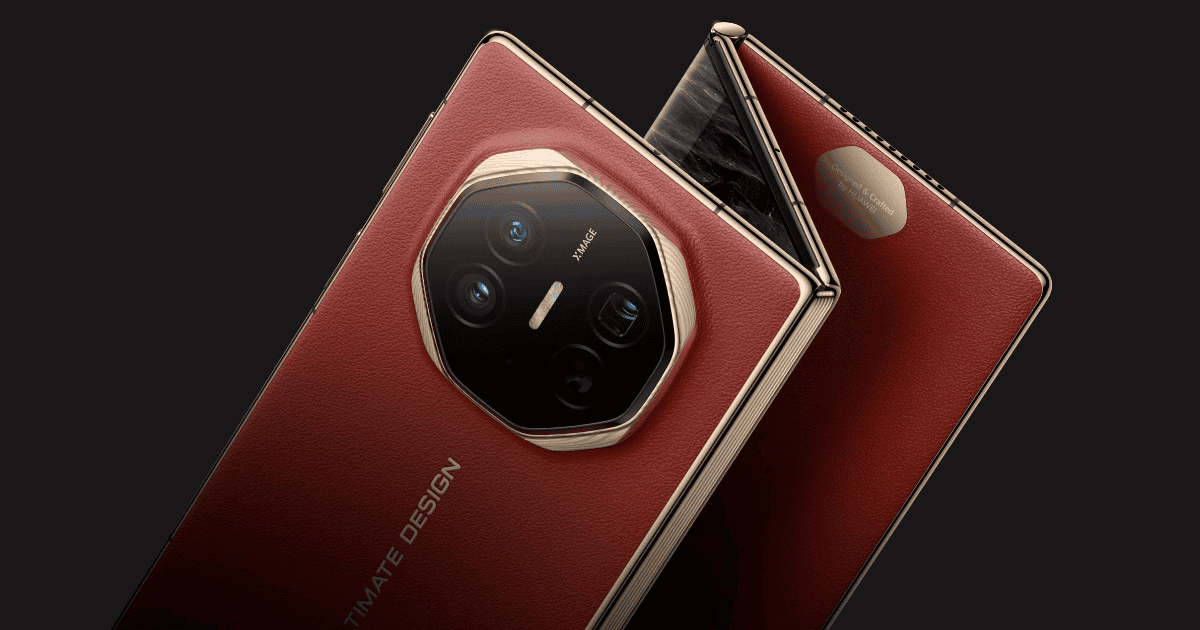We all know about the Apple Tax. The company makes products that “just work” and integrates them seamlessly with each other but charges a considerable premium for that.
This doesn’t mean, however, that there aren’t other manufacturers asking hefty prices for their devices. Foldable phones, most of which priced (significantly) north of $1,000, are a good example.
Huawei Mate XT Ultimate, the First Triple-Folding Phone

The device we’ll discuss today comes precisely from “Foldableland.” It’s the Huawei Mate XT Ultimate, the Chinese company’s latest entry into the flexible screen battlefield.
Its main feature is the triple-folding screen, which can be used in three ways. Fully folded, it’s a 6.4-inch phone. Opening one or both segments transforms it into 7.9 and 10.2-inch tablets, respectively.
Triple-folding concept phones were showcased in tech events a few times. The Mate XT Ultimate, however, is the first commercially available device to use this design.
And it has other specifications to brag about, too. Unfolded, it reaches an impressive 3.6mm at its thinnest point (though the segment with the camera island is thicker). Folded, it measures 12.8mm — nothing incredible at first, but consider it’s just .7mm more than Samsung’s Galaxy Z Fold6.
The cameras are worthy of a non-foldable, with a 50MP main sensor with variable aperture. It sits alongside 12MP lenses, one providing 5.5x optical zoom, the other being an ultrawide module.
Now, let’s talk about price: in China, where electronics are often less expensive than elsewhere, it costs CNY 19,999. That translates to over $2,800, so you can see this is definitely a device aimed at the premium market.
Repairing Huawei’s Triple-Foldable Screen Is More Expensive Than Buying an iPhone 16 Pro

And that’s not the only expensive thing about the Huawei Mate XT Ultimate. A foldable panel this large, and with such intricate mechanisms, doesn’t come cheap.
And that’s not just a vague way to put things. In case your Mate XT Ultimate’s display breaks, you’ll have to shell out CNY 7,999. In direct conversion, that’s about $1,134. For a screen repair.
As a matter of comparison, a base-model iPhone 16 Pro Max retails for $65 more (in the US). In China, where Apple devices are significantly more expensive, you can get an iPhone 16 Pro for those CNY 7,999.
Bear in mind that iPhone screens don’t fold, let alone fold twice. Well, you can fold them by applying enough force, but they’re unlikely to work afterward.
But also, the latest Apple phones have a lot of advantages. For starters, they have Apple Intelligence (in most countries) and overwhelming performance (the Mate XT Ultimate uses a midrange chipset). There are also the embargo issues that prevent Huawei devices from using most US-based apps and services.

If foldable devices are a niche category, what to say about triple-foldables? As it usually happens with niches, the evolution comes at a very significant price. You can’t expect innovation to happen without proper funding, right? As for whether phones that can be “origami-ed” are useful, that’s a matter of taste. And having a large enough wallet, maybe.
